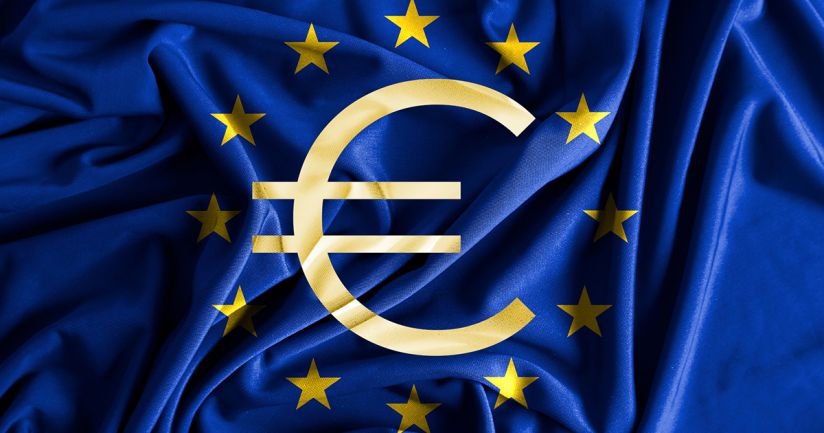Financial Times - Mind the transatlantic bond gap

Opinion published online in the Financial Times (ft.com) on 6 June 2022
By Michala MARCUSSEN, Group Chief Economist
The spread in real bond yields in US and the eurozone is likely to narrow.
The lively debate on the volatile, new inflation landscape is palpable in markets. It is not just a matter of how different drivers may affect rising prices but also the consequences that this entails for interest rates.
Even in May, we have seen substantial shifts in markets as investors have sought to price the likely responses from central banks to the inflation surges.
The transatlantic divide in benchmark 10-year bond yields in the US and Germany rose to 2.0 percentage points in early May but has since narrowed by 0.30 points. The reduction in the gap in real yields after taking into account inflation has been even more impressive, falling by almost 0.70 points in May.
Long bond yields can usefully be thought of as a reflection of likely real policy rates, expected inflation and a premium for the length of the investment holding. The shift in relative pricing of monetary policy expectations goes a long way to explaining the recent real spread narrowing.
Bond markets have become more confident that the US Federal Reserve will stay clear of 0.75 percentage point rate rises and stick to 0.50 point moves for now. At the same time, the European Central Bank has signalled an earlier lift-off for rate increases — markets have been quick to price in a faster return of monetary policy to more normal levels for the eurozone. This, in turn, has also seen the euro recover some of its previous slide against the dollar.
It is all a very different world to what was seen over the decade up to the pandemic, a period shaped by the dominance of structural demand weakness, leaving central banks struggling to lift inflation to target. The term secular stagnation took centre stage.
On the list of arguments that inflation will be structurally higher from now, many fall into the category of negative supply-side shocks, be it more regionalised supply chains, greater protectionism, skill shortages or frictions in the climate transition.
Arguably, many of these supply shocks could well weigh negatively on demand, raising the prospect that central banks will face the tough choice of having to raise rates despite weaker economic growth.
As a result, on both sides of the Atlantic, the debate as to whether secular stagnation or stagflation will emerge from recent volatility now sits at the heart of central bank policy. But we are likely to see a narrowing of the expected bond yield gap between the US and the eurozone.
Fears of stagflation have so far been more visible at the Fed than at the ECB, but this may be about to change. Apart from supply-side shocks, current inflation results from the fast restarts of economies after the pandemic, fuelled by pent-up savings and expansionary fiscal policies. This is especially true in the US, where fiscal stimulus boosted aggregate household incomes well in excess of pandemic-related losses.
The fiscal policy stance on either side of the Atlantic may be about to trade places, however, with significant tightening in the US while the euro area remains more accommodative. Structurally, moreover, there is a question of whether social pressures and ageing populations will tempt eurozone governments into yet more fiscal stimulus. While this might counter the ECB’s efforts to control inflation, the politics of the central bank leaning against fiscal stimulus with its policy stance may be very challenging.
Another area of divergence in the forces shaping growth and inflation between the US and Europe is how they tackle the climate transition, with the EU expressing greater determination to move faster than Washington.
As welcome as the acceleration of these efforts is, the race to lift green investment could struggle given the EU’s incomplete banking union, still nascent capital market union and lack of a large-scale permanent common fiscal tool. The risk now is not only higher energy prices in the EU as a result of climate transition efforts but also various shortages in materials or labour skills.
This would mean the ECB would have to respond more aggressively to keep inflation in check, in turn narrowing the expected rate gap between the US and the eurozone.
Finally on wage dynamics, the momentum of US pay increases is showing the first hints of softening. At the same time, the differences in the speed of the recovery and in labour market organisation entail that the pick-up in wages may yet have some room to run in the eurozone. Again, an argument for the real rate gap across the Atlantic to narrow further and with that potential also for some further euro appreciation.
-
 Michala Marcussen
Michala MarcussenChief Economist and Head of Economic and Sector Research for the Group